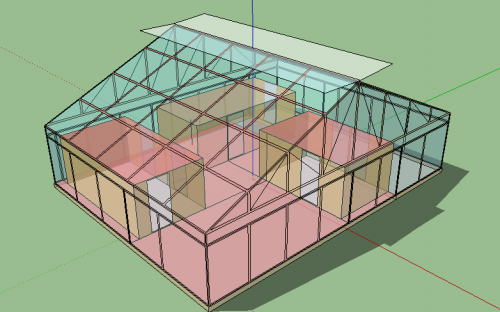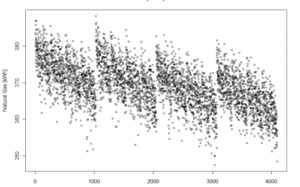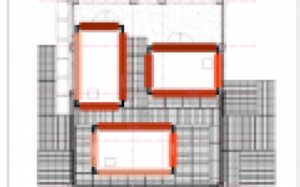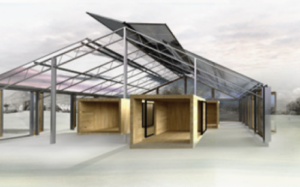NZEB. OptiSim in Sustainability
- C++, CSS, Energy+, HTML5, Microsoft Visual Studio, R, Ruby on rails, SDLPS, Specification SDL
Home » Success Stories »
Description
The objective of the project is to develop a tool that allows us to calculate the energy consumption of a building before its construction.
An energy simulator has been developed that will show the amount of energy consumed by the future building taking into account its construction characteristics, such as the materials used in the construction, the thickness of the walls, its geographical location or orientation.
With this software tool, we can simulate, at a lower economic cost, changes in the characteristics of the work to check which solution will have the least environmental impact. The idea would be to run tests to end up obtaining what are known as zero energy buildings (EEC) or NZEB (Net Zero Energy Buildings), i.e. buildings that consume close to zero clean energy in a year.
But not only the consumption that the building will have once it is built is taken into account, but also the environmental effects that would occur during the construction or deconstruction phase for each of the solutions is analyzed through a large database. For example, once a material has been chosen that allows greater environmental savings, the tool allows us to ensure that this material is environmentally friendly, i.e., highly recyclable when deconstruction takes place, or that it can be extracted from the environment through non-aggressive and non-polluting processes during the construction phase, thus managing to control the environmental impact at all stages of the building’s life.



